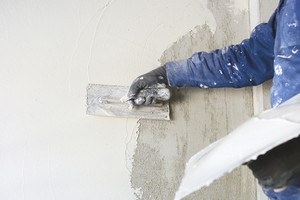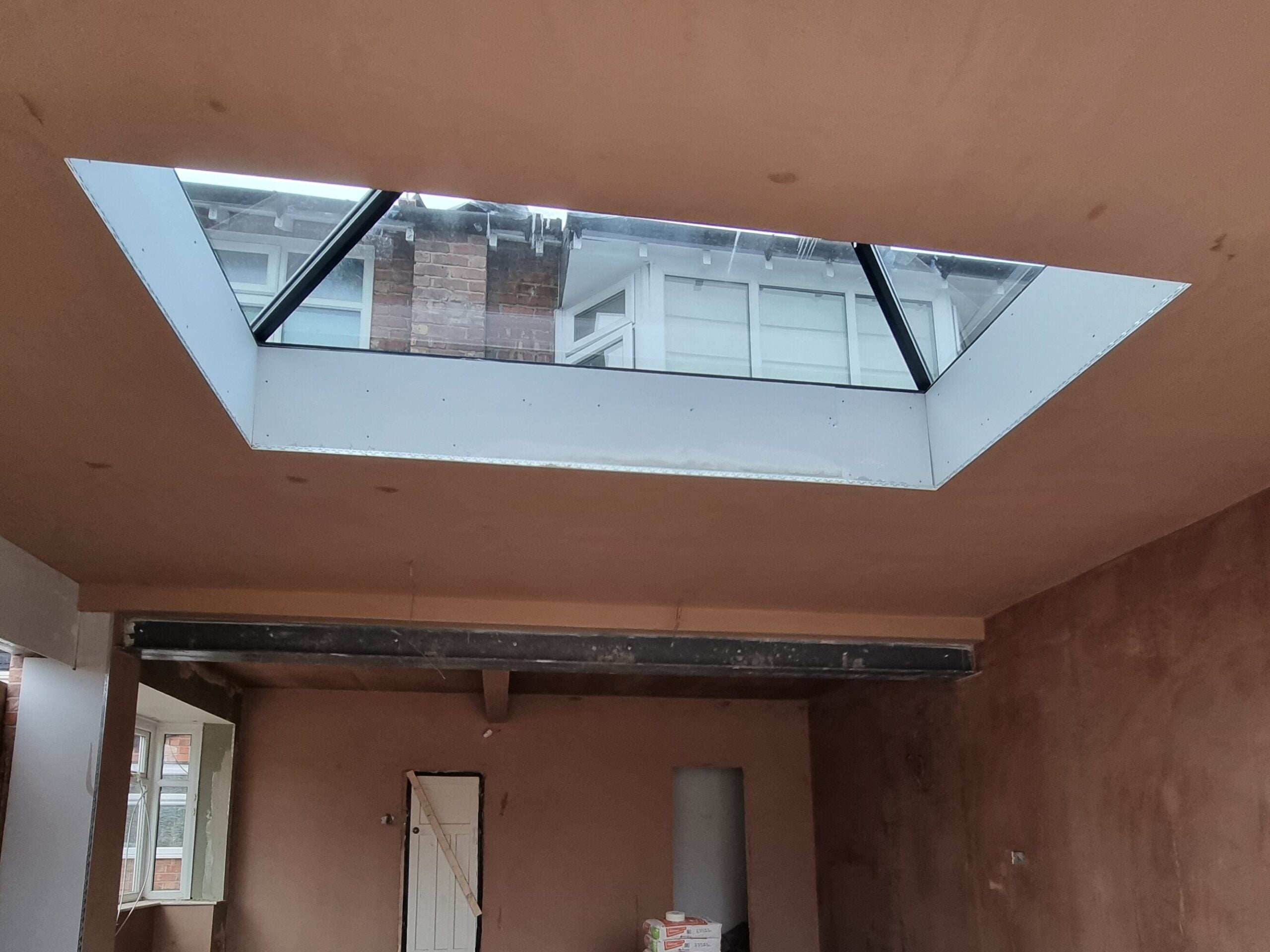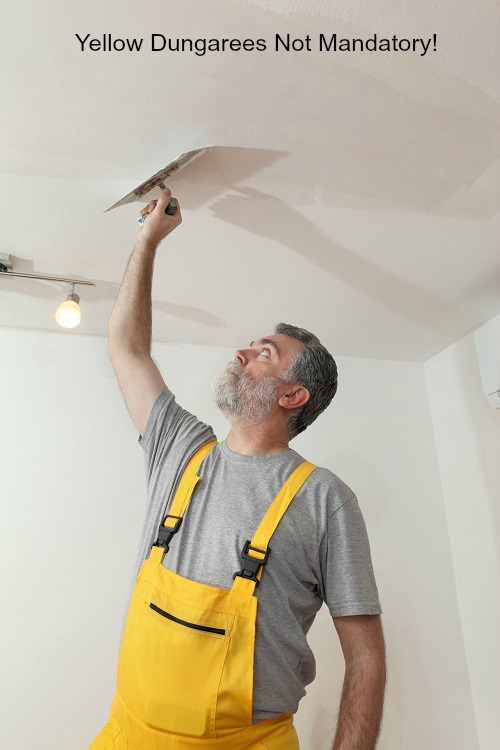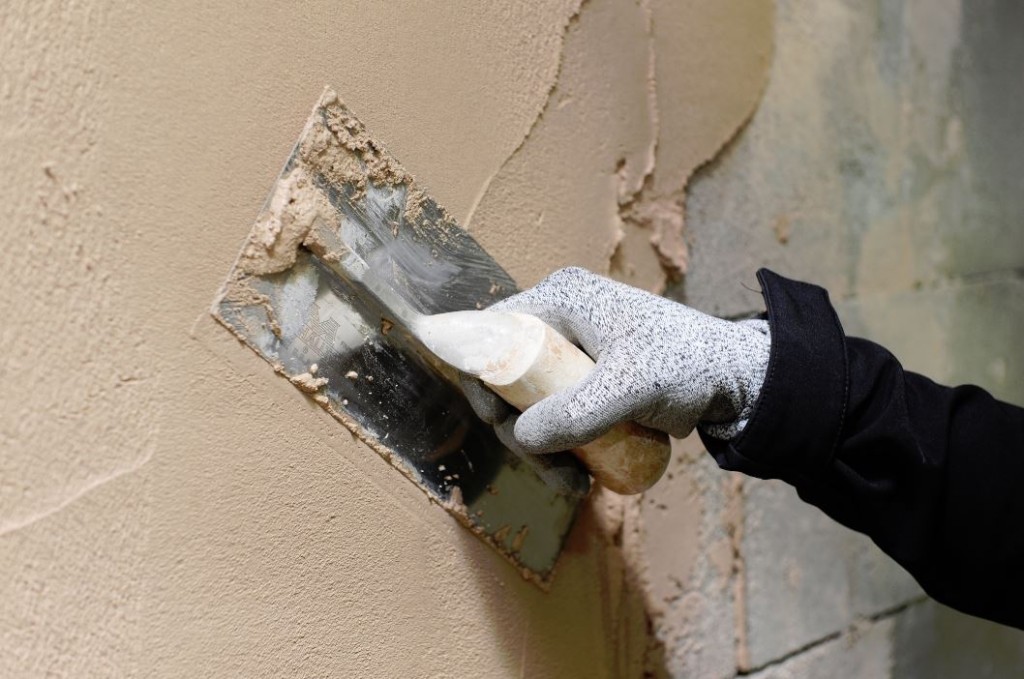Plastering Solutions for Smooth Walls: A Comprehensive Guide
Wiki Article
Comprehending the Necessary Strategies of Plastering for Home Renovation Projects
In the realm of home enhancement, grasping the necessary strategies of plastering can substantially improve both the performance and aesthetic appeal of an area. Different techniques exist, each tailored to specific applications, whether for recovering historic honesty or improving interiors. The plastering process includes important stages, from precise surface area preparation to the precise application of products. Recognizing these foundational elements is key, yet numerous homeowners forget typical mistakes that can threaten their initiatives. As we check out these techniques better, the nuances of accomplishing a flawless coating will certainly come to be significantly noticeable.Types of Gluing Techniques
Although different smudging methods exist, each offers a distinct purpose and uses distinctive aesthetic high qualities. One of one of the most usual methods is typical lime plastering, which is recognized for its breathability and adaptability. This technique is especially beneficial for older structures, enabling moisture to get away while keeping structural stability.Another commonly made use of method is plaster plastering, which includes the application of a quick-setting compound. It offers a smooth finish and is suitable for indoor wall surfaces and ceilings, making it a prominent option in modern building and construction. For a much more textured look, trowel-on plastering techniques such as stucco and Venetian plaster are typically used. Stucco, commonly utilized in outsides, supplies durability and weather resistance, while Venetian plaster is renowned for its elegant, polished coating.
In addition, there are extra specialized strategies, such as skimming, which is a procedure that includes using a slim layer of plaster over existing surface areas to produce a smooth surface. Each of these methods can drastically affect the general aesthetic and capability of a room, making it essential to choose the appropriate approach based upon the particular demands of a job.

Tools and Materials Needed

The hawk offers as a system to hold the plaster, while the trowels, offered in different sizes, are vital for application and smoothing. A float, typically made of rubber or sponge, is utilized to accomplish an uniform finish.

Safety equipment can not be ignored; security gloves, masks, and goggles are important to safeguard versus dirt and particles. Lastly, a durable ladder might be needed for reaching higher areas, guaranteeing safety while functioning at elevation. Purchasing high-quality tools and products ultimately adds to a more effective smudging job, producing a resilient and aesthetically pleasing coating. Appropriately furnished, you lay the groundwork for reliable gluing and home improvement.
Step-by-Step Plastering Refine
With the right tools and materials in hand, the following phase includes executing the smudging process with precision. Begin by preparing the surface area to ensure ideal adhesion. Get rid of any loose particles, dust, or old plaster, and apply a bonding representative see this page if needed.As soon as the surface is prepped, mix the plaster according to the supplier's directions, achieving a smooth, lump-free consistency. Making use of a trowel, use the first layer, called the scrape layer, to a density of about 5-10 mm. Make sure consistent coverage, and make use of a comb or scratcher to develop grooves for better bond of succeeding layers.
After allowing the scratch coat to establish partly, use the second layer, or the brown coat, smoothing it out for an also surface. Use the finishing layer, which should be thinner and smoother.
When the plaster has actually dried thoroughly, it can be fined sand lightly to get rid of flaws. Follow look these up up with a primer prior to paint for a sleek last appearance.
Usual Errors to Prevent
Failing to identify typical errors can considerably impact the top quality of your plastering job. One frequent mistake is inadequate surface prep work. Failing to prime and tidy the surface can bring about poor adhesion, leading to splits and peeling off. In addition, overlooking to repair any underlying concerns, such as dampness or architectural damage, can jeopardize the plaster's integrity.
Timing is also important; several inexperienced plasterers rush the application. Permitting the first layer to dry totally prior to applying subsequent layers is necessary to stop too much splitting and shrinking.
In addition, not making use of the right devices can prevent the ending up process. Utilizing trowels that are as well big or tiny can affect your control and the level of smoothness of the surface.
Tips for Finishing Touches
Accomplishing a perfect coating in plastering needs interest to detail and a couple of strategic methods. Once the initial application has actually dried, begin the finishing procedure by utilizing a damp sponge or trowel to smooth out any flaws. This step not just Visit Your URL improves the surface area yet likewise aids to get rid of any type of excess plaster that might have dried erratically.Next, think about using a fine-grit sanding block or pole sander for a much more refined appearance. Sanding must be done carefully to prevent damaging the underlying layer - Plastering. Always use a mask to safeguard versus dirt inhalation
After fining sand, inspect the surface area under various illumination problems to identify any type of missed spots or variances. Use a thin layer of ending up plaster if required, feathering out the edges to mix effortlessly with the bordering area.
Verdict
In conclusion, mastering crucial plastering strategies dramatically enhances the quality of home enhancement projects. Understanding the numerous types of plastering methods, utilizing appropriate tools and materials, and sticking to a methodical application process add to attaining a resilient and smooth surface.In the world of home renovation, understanding the essential techniques of gluing can dramatically improve both the performance and aesthetic allure of an area.Although various plastering techniques exist, each offers an one-of-a-kind objective and supplies unique visual qualities. Plastering. For a much more distinctive appearance, trowel-on plastering techniques such as stucco and Venetian plaster are commonly utilized. Stucco, generally utilized in outsides, gives sturdiness and weather resistance, while Venetian plaster is renowned for its elegant, refined surface
Generally used plaster kinds consist of gypsum plaster, lime plaster, and cement-based plaster, each serving various purposes and settings.
Report this wiki page